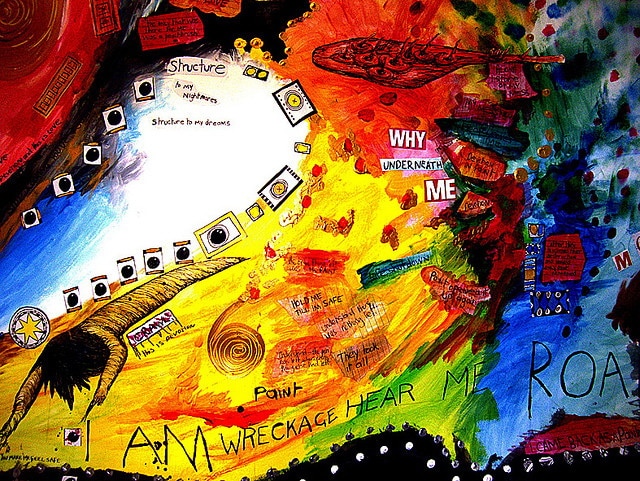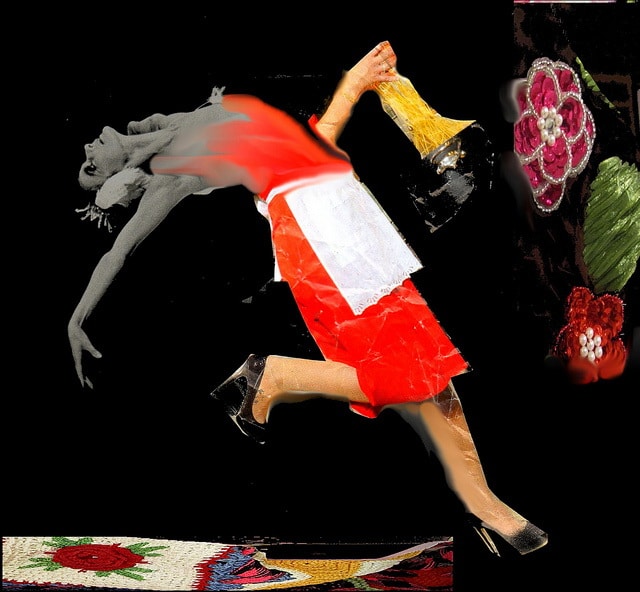Understanding Creativity: What Drives us to Create?

The processes that drive creativity have been so mysterious to us throughout human history—why we create art and inherently crave fantasy—that terms like “divine inspiration” have frequently been used to describe what underlies the inception of great creative works.
In times past, of course, divine forces were used to explain just about anything which was brought about by unseen machinations—natural disasters, diseases, etc. Now that we have a much deeper understanding of the scientific processes that weave through the fabric of the universe, we better understand many such once mysterious phenomena.
Science is, of course, still struggling to fully understand the human mind and human behaviour, but psychoanalysis has yielded some potential clues as to why we create.
Sigmund Freud, while he could not completely explain the processes behind art using his psychoanalytic method, came to a host of conclusions on the topic that bear consideration.
Validating the relationship between potentially tormented minds and art, Freud believed that the creative process is an alternative to neuroses. He felt that it was likely a sort of defence mechanism against the negative effects of neuroses, a way to translate that energy into something socially acceptable, which could entertain and please others. Of course, not all art is socially acceptable—and some would argue that none of the best art is so—but generally most artists do find a validation for their talent in the appreciation of at least a few like-minded peers. The defence mechanisms used in this process are thought to be condensation and displacement, terms also frequently used to describe (similarly unconscious) dream processes.
Based on Freud’s theory of personality, the well of inspiration for art is rooted in the libido, the energy of the id, which is sublimated into a more complex interpretation of, and manifestation of, the culture around the individual, so as to help that individual’s ego feel more adjusted and acceptable to the world. It, in essence, “corrects” troubling impulses, transforms them into palatable creations.
This is thought to be a “wish fulfillment” process, one where the artist can better understand desires that seem impossible, implausible, or morally reprehensible, a form of fantasy gratification that gives safe expression to various psychic pressures and upsets. Through art, the artist can expel the energy behind these desires without doing anything problematic; he or she can live vicariously through art, and feel a kind of satisfaction almost akin to the original desire being gratified—perhaps better, in some cases, for it lacks the guilt and dire consequences the original motive may have had.
Because art is shared, the artist will then engage with others, which provides a vital link from fantasy back into reality, an essential source of outside perspective. Freud likened the process to that which underlies children’s play: The way fantasy shapes the external world to a child’s desire, creating a world where wishes are fulfilled and desires eventually better understood. Freud did not believe art was inherently the product of emotional repression, arguing that a good poem is always sublimation, never repression.
Art can, therefore, be seen as a compromise between the unconscious and conscious intent of its creator. Freud believed that artists could choose and make changes to the unconscious material occupying the mind in ways many people either cannot or do not; rather than losing touch with the ability to indulge the egoistic fantasies of childhood, the artist learns to translate them into something that he or she may share with peers—as children do their fantasies—and use as a means of protection from neuroses (while understanding and adapting to the external world).
What Freud did not seem to understand via his psychoanalytic method is how the artist knows to do this in a way that induces such pleasure in others; this aspect of the artist’s gift remained mysterious to Freud. If one were to hazard a guess, however, it’s likely that the artist’s connection to his or her own inner child, and the processes that children use to understand the world, comforts and confers understanding to others who may have lost touch with such methods of dealing with the troubling aspects of external reality. As yet, however, no one is quite certain about how talent arises and functions, nor how to reproduce it where it is not naturally present.
Image Credits:
https://www.flickr.com/photos/virtue_fern/3375448822/
https://www.flickr.com/photos/april-mo/9624248780
